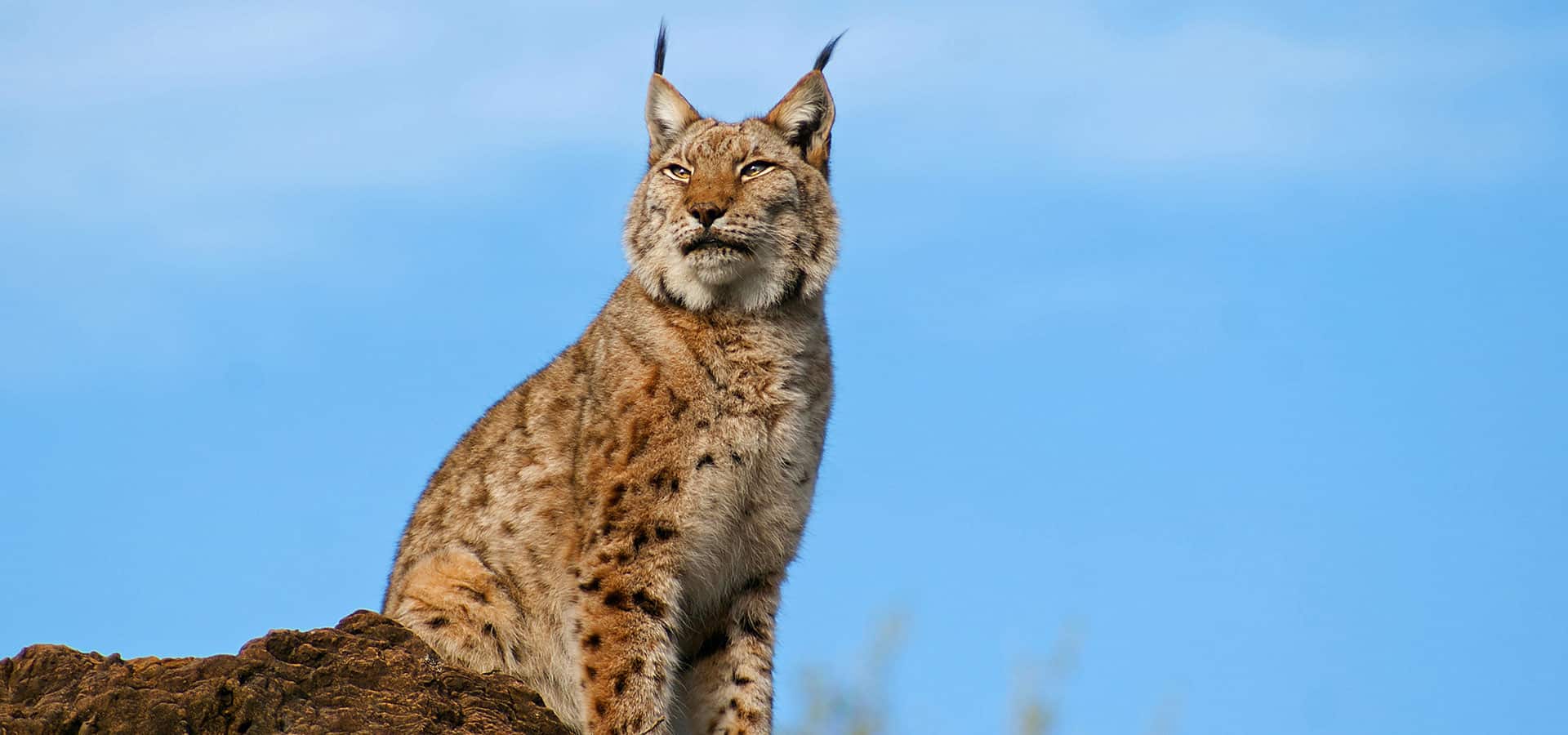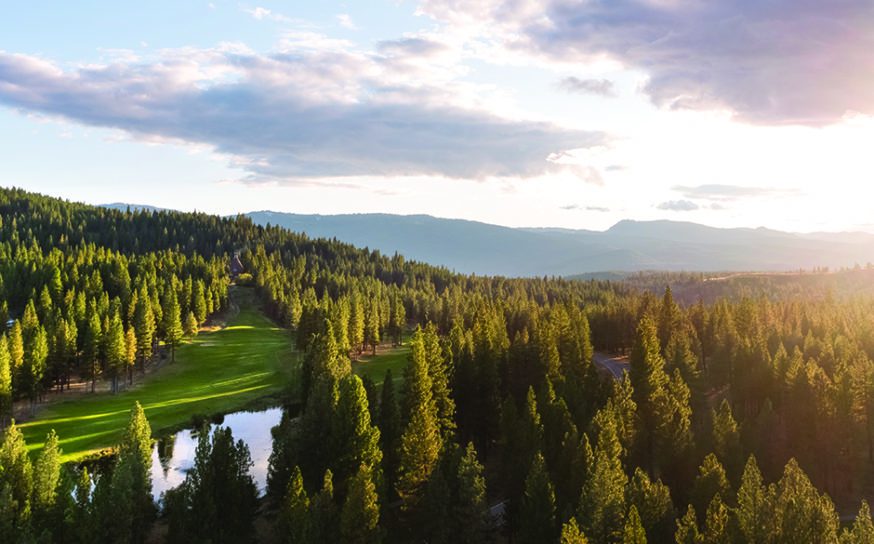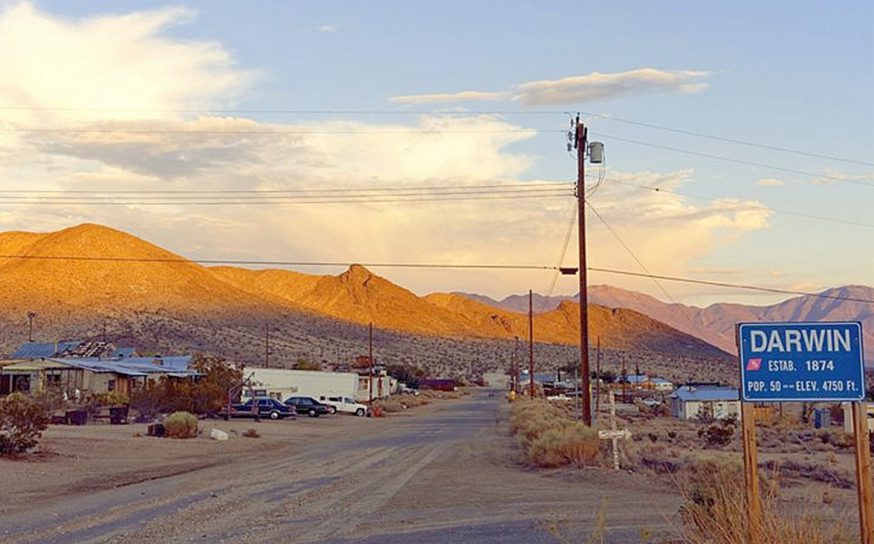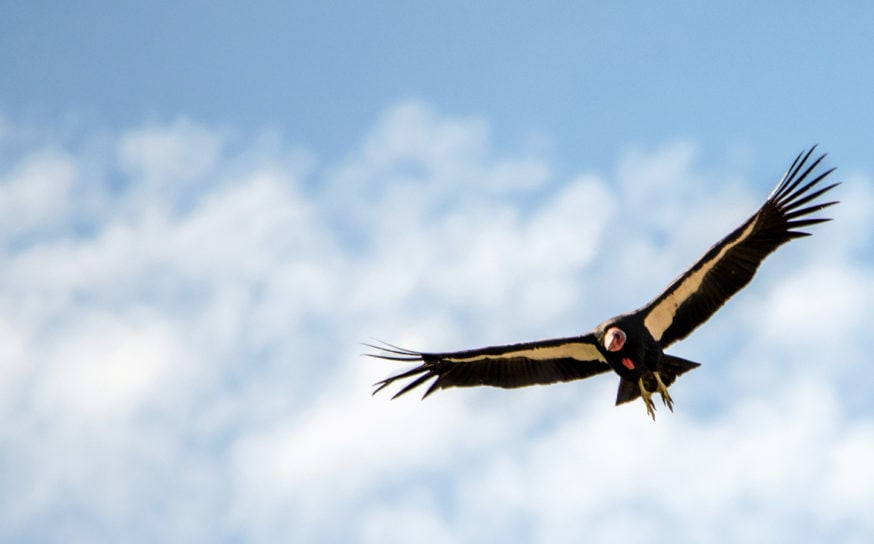
Where the California Wild Things Are in Fall
Ink Dwell’s Jane Kim illustrates NorCal autumn splendor.
-
CategoryExperiences, Hidden Gems, Outdoor Adventure, Road Trips, Sights + Stays, Weekender
While California may not get the seasonal spotlight bestowed on places like New England and the Midwest, fall can still be a magical time for many parts of the Golden State. Illustrator Jane Kim created a Fall Almanac for Bay Nature Magazine highlighting a few notable natural transitions in the autumn months. Here’s a small sampling of her work:
Western Jack O’Lanterns
“The orange mushrooms growing from decaying wood in late fall are likely western jack o’lanterns (Omphalotus olivascens). Though toxic to eat, a fresh, mature specimen is a feast for the eyes: At night, look for a neon-green glow around the gills. The bioluminescence may help the mushroom reproduce by attracting nocturnal insects to transport and spread its spore.”
Navigational Web
“Fall is spider season—many species are at their largest and courting, mating, or producing egg sacs. Orb weavers build large, wheel-shaped webs seemingly everywhere in the Bay Area, and one species, the banded garden spider (Argiope trifasciata), does a cool trick: Its web can double as a compass. The spider weaves its round web on an east-west axis and rests in the center with its black abdomen facing south toward the sun’s warming rays. Spiders get cold, too.”
Migration
“Every fall more than 250 species of birds migrate through the Bay Area, and among them are at least 19 species of raptors. Tens of thousands of individual birds of prey ride the region’s strong winds, migrating through the Golden Gate toward their wintering grounds where they’ll rest, eat, and escape the cold. The Golden Gate Raptor Observatory’s Allen Fish estimates that as many as 12,000 of those birds, or almost a third of the fall raptor sightings, are red-tailed hawks (Buteo jamaicensis); they’re the raptors that most commonly migrate through the area, with turkey vultures a close second. These thousands come in two waves—juveniles dispersing to Northern and Central California peak around late September, and juveniles migrating to Central and Southern California peak in mid-November. Look for red-tails over westward-facing grassy hills, like Windy Hill Open Space Preserve, Hayward Shoreline, Carquinez Strait, and outer Point Reyes.”
Get the full view here.
Conjuring Up the Ghosts of Darwin, California
A town on the outskirts of Death Valley stays alive with art.
Rivian’s Electric Vehicles Show Great Promise But Can They Rally to Beat Tesla?
Inside California’s electric company.



















